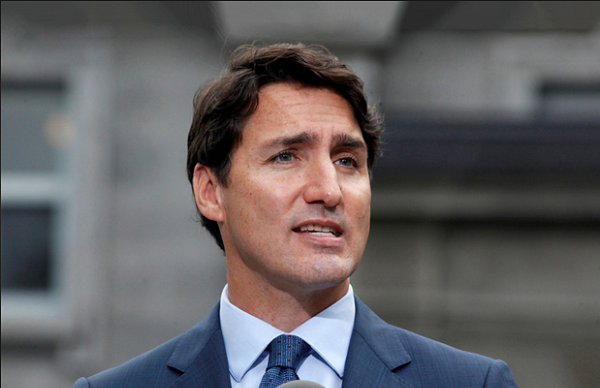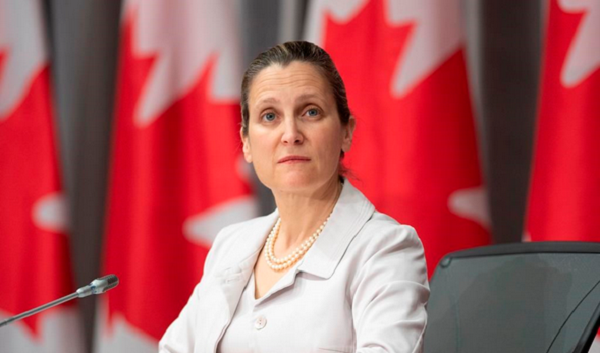G7 finalized deal to use frozen Russian assets to fund US$50-billion loan to Ukraine
Negotiators for the G7 have struck a tentative deal to use the income stream from frozen sovereign assets to back a US$50-billion loan to support Ukraine’s war effort against Russia.
Several media reports confirmed that the deal was essentially done. The loan is expected to be announced later today, before U.S. President Joe Biden and his Ukrainian counterpart, Volodymyr Zelensky, are to meet at the G7 site in Fasano, in southern Italy.
“I am very confident that an agreement could be made in the hours to come,” Charles Michel, president of the EU Council, who participates in the G7 summit, told reporters on the sidelines of the G7 meeting on Thursday.
The reports said that the loan would be provided by the G7 countries based on the size of their economies, meaning Canada’s portion would be relatively small. The loan would be repaid by the profits of on the roughly US$300-billion of frozen Russian financial assets held abroad, most of them in Europe at the Belgian clearing house Euroclear.
Those profits come to some US$3-billion a year.
The EU had proposed handing only the profits from the assets to Kyiv. The United States, backed by Canada and the U.K., had floated the more ambitious idea of using the profits to back a US$50-billion loan, an amount that would allow Ukraine to buy large amounts of weapons in the short-to medium-term.
Mr. Zelensky had been urging his Western allies for the larger amount. In recent months, the war has gone badly for Ukraine, with Russian forces making small but steady progress in the eastern parts of country. Ukraine’s military has been forced to ration everything from air-defence missiles to 155 mm cannon shells as stores of weapons went short.
A leaked G7 statement called the money “Extraordinary Revenue Acceleration (ERA) loans for Ukraine,” according to a Financial Times report. The statement said the loans were to be arranged “With a view to supporting Ukraine’s current and future needs in the face of a prolonged defence against Russia.”
The size of the loan, and its potentially long repayment period, suggests that the G7 leaders think the Ukraine-Russia war will not end anytime soon, though Donald Trump, the Republican presidential candidate, has said he could end the war in “24 hours.”
Details of the loan, including who would bear the ultimate risk in case the payments went into default, were not known on Thursday. It seems likely that many of those details will be worked out after the G7 ends on June 16.
“I think we will have the major tent poles of this decided, but some of the specifics left to be worked through by experts on a defined timetable,” U.S. National Security Adviser Jake Sullivan said Thursday in Italy.
This article was first reported by The Globe and Mail













